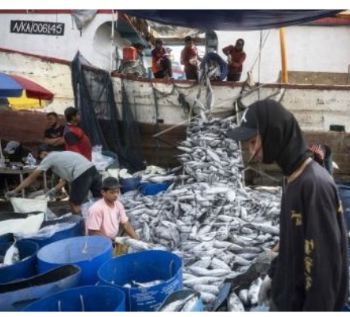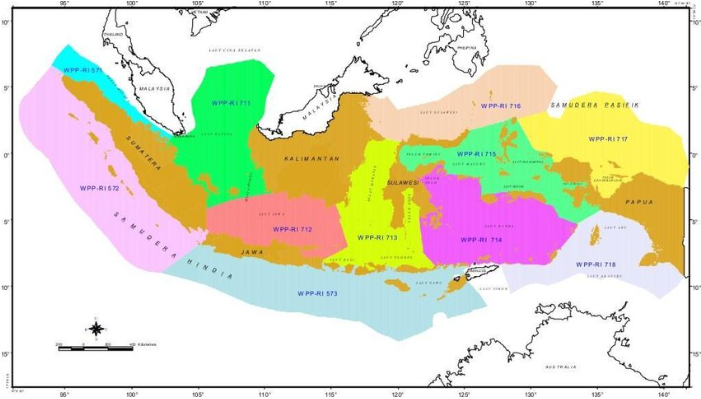|

Photo: thejakartapost.com
Sustaining Indonesia’s inland fisheries for future generations
 INDONESIA
INDONESIA
Wednesday, August 07, 2024, 06:40 (GMT + 9)
Preserving inland fisheries is preserving our heritage; ensuring that our pursuit of livelihoods harmonizes with our natural legacy, fostering a future where both people and the environment thrive in balance.
_svg.png) Inland fisheries have contributed significantly to Indonesia's economy and food security, permeating through local wisdom and customary practices to the fabric of our national identity. Despite their importance, these resources are increasingly at risk. Inland fisheries have contributed significantly to Indonesia's economy and food security, permeating through local wisdom and customary practices to the fabric of our national identity. Despite their importance, these resources are increasingly at risk.
Protecting inland fisheries is therefore a dual responsibility—to our environment and our heritage. The challenge before us is substantial: Will we take the necessary steps to ensure these vital resources are preserved for future generations, or will we allow them to dwindle away?
According to the United Nations Food and Agriculture Organization’s (FAO) flagship report, The State of World Fisheries and Aquaculture (SOFIA) 2024, Asia contributes more than half of the world’s 11.3 million tonnes of fish, with Indonesia being one of the top producers and a significant source of aquaculture employment. Indonesia cultivates various species, including eels and arowana, found in regions such as Java and Kalimantan, which play important roles in the country’s aquaculture economy.

Fisheries Management Area (WPP) Indonesia (MMAF 2010)
While we take pride in this global recognition, it is crucial to address the sustainability of our inland fisheries. Increased fishing activity, driven by demand and opportunity, can potentially overlook long-term environmental health, posing a significant threat not only to biodiversity but also to the livelihoods that depend on these vital resources.
Furthermore, climate change exacerbates these challenges. To safeguard this heritage and ensure future generations can experience the same success, we must improve the management framework and educate about localized conservation practices; all as part of mainstreaming biodiversity conservation.
Authors/Source: Rajendra Aryal and I Nyoman Radiarta/The Jakarta Post
[email protected]
www.seafood.media
|



